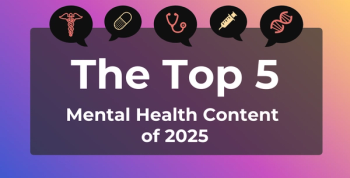
Decreasing Hospitalizations for COPD Patients With PAP Therapy
The majority of patients with chronic obstructive pulmonary disease (COPD) do not receive positive airway pressure (PAP) therapy despite its effectiveness in reducing hospitalizations, according to research.
The majority of patients with chronic obstructive pulmonary disease (COPD) do not receive positive airway pressure (PAP) therapy despite its effectiveness in reducing hospitalizations, according to research.
A
The study found that 92.5% of 1,881,652 patients with COPD were not using any type of PAP therapy. A minority of the patients received continuous PAP (5.6%), bilevel PAP (1.5%), and noninvasive positive pressure ventilation therapy (<1%). Of the patients who received these treatments, the administrative claims suggest a lower hospitalization risk than before the therapy was initiated compared with those who did not receive any therapy.
“Many clinicians still reference dated information when considering COPD treatment methods, yet technologies, machines, and even masks have advanced significantly since PAP therapy was first introduced,” Eli Diacopoulos, Philips Respiratory Care Business Leader,
The research also suggested greater benefits from PAP therapy are associated with comorbidities like sleep apnea, chronic respiratory failure, and heart failure.
“This analysis revealed that there is a solution already accessible within our toolbox that can keep patients out of the hospital, but it is significantly underutilized,” says Sairam Parthasarathy, MD, a professor of medicine and interim chief of Division of Pulmonary, Allergy, Critical Care and Sleep Medicine with University of Arizona College of Medicine. “With improved awareness and implementation of PAP therapy as a treatment for COPD, we can lower the cost burden for health systems while allowing patients to recover in the comfort of their own homes.”
The study acknowledged the need for further research through randomized controlled trials that can establish the causality between PAP therapy and reduced hospitalizations.
Newsletter
Stay ahead of policy, cost, and value—subscribe to AJMC for expert insights at the intersection of clinical care and health economics.







































